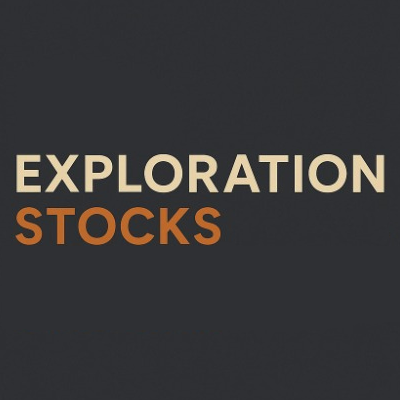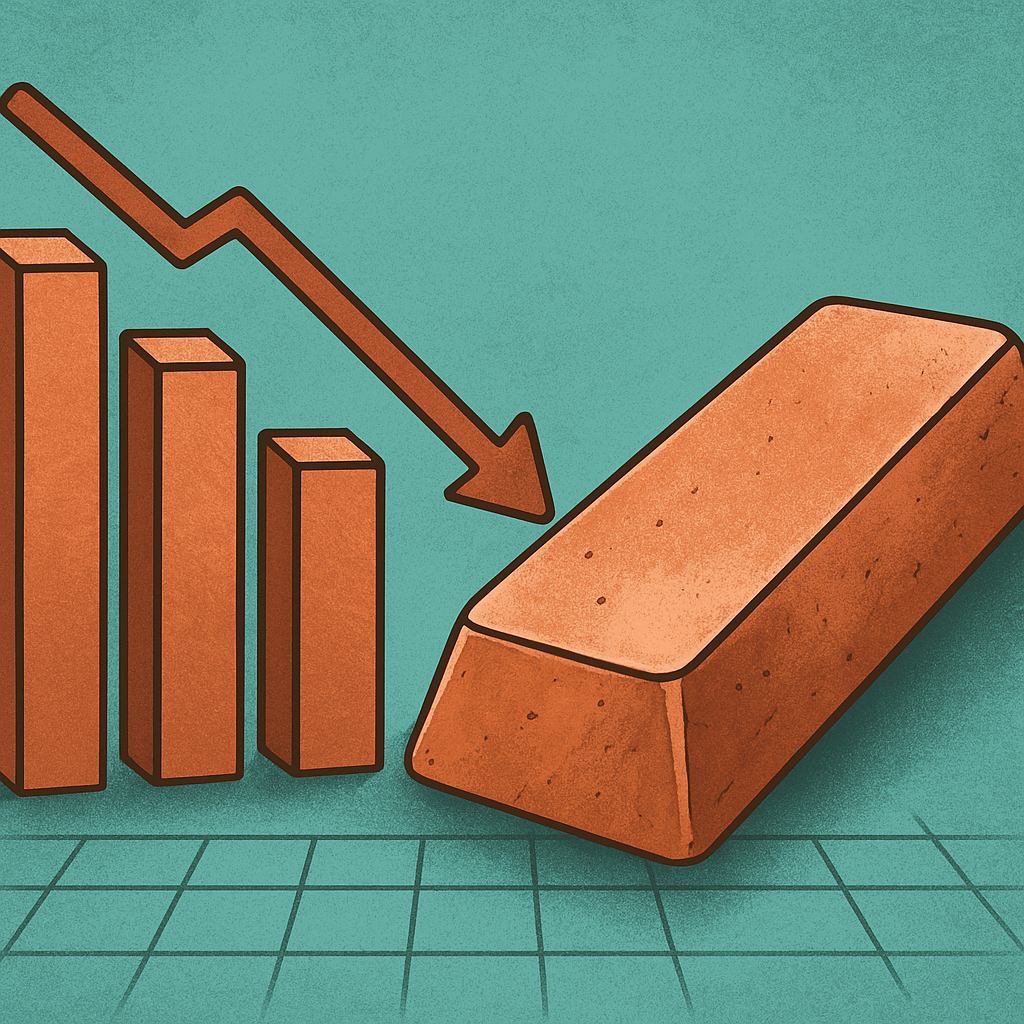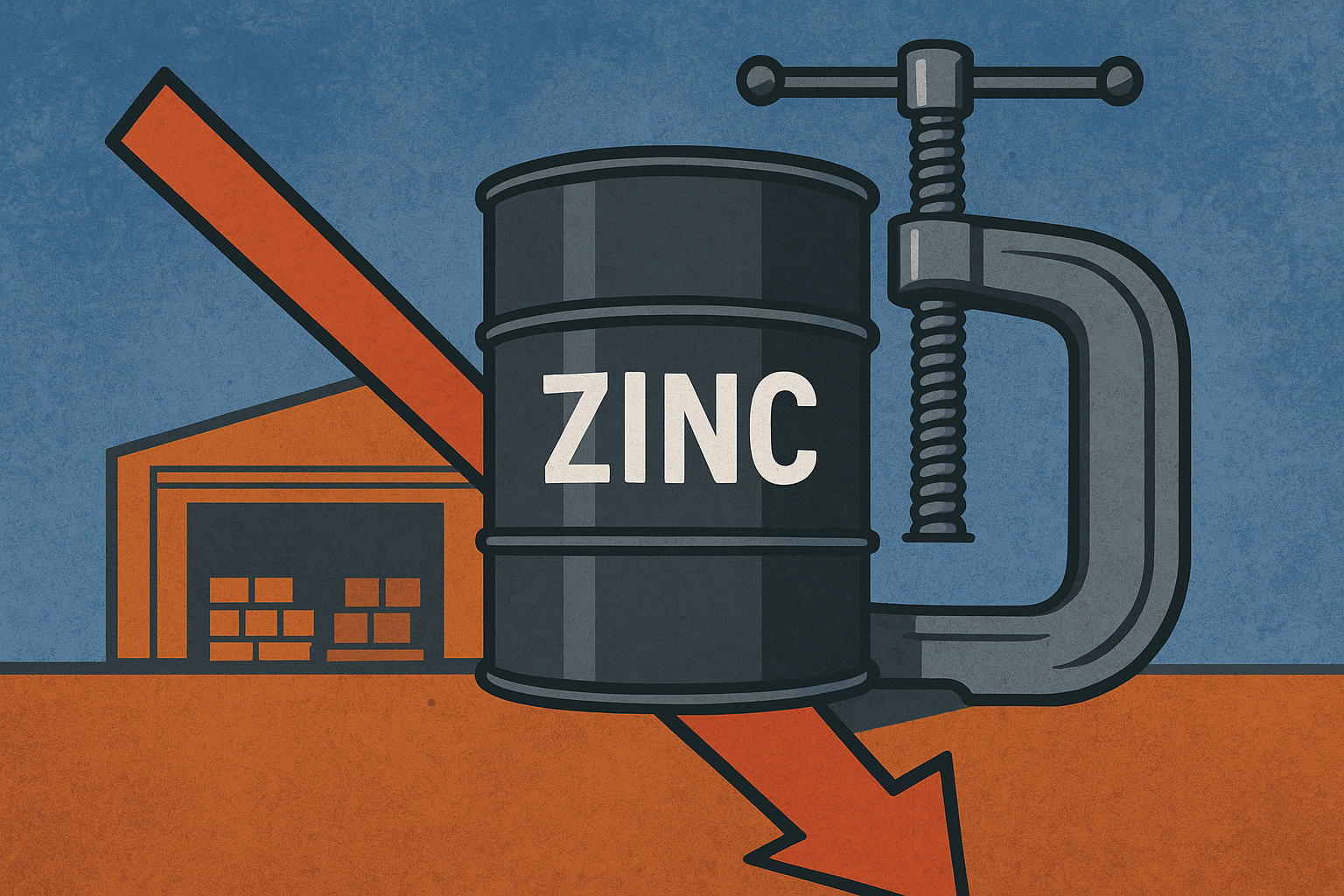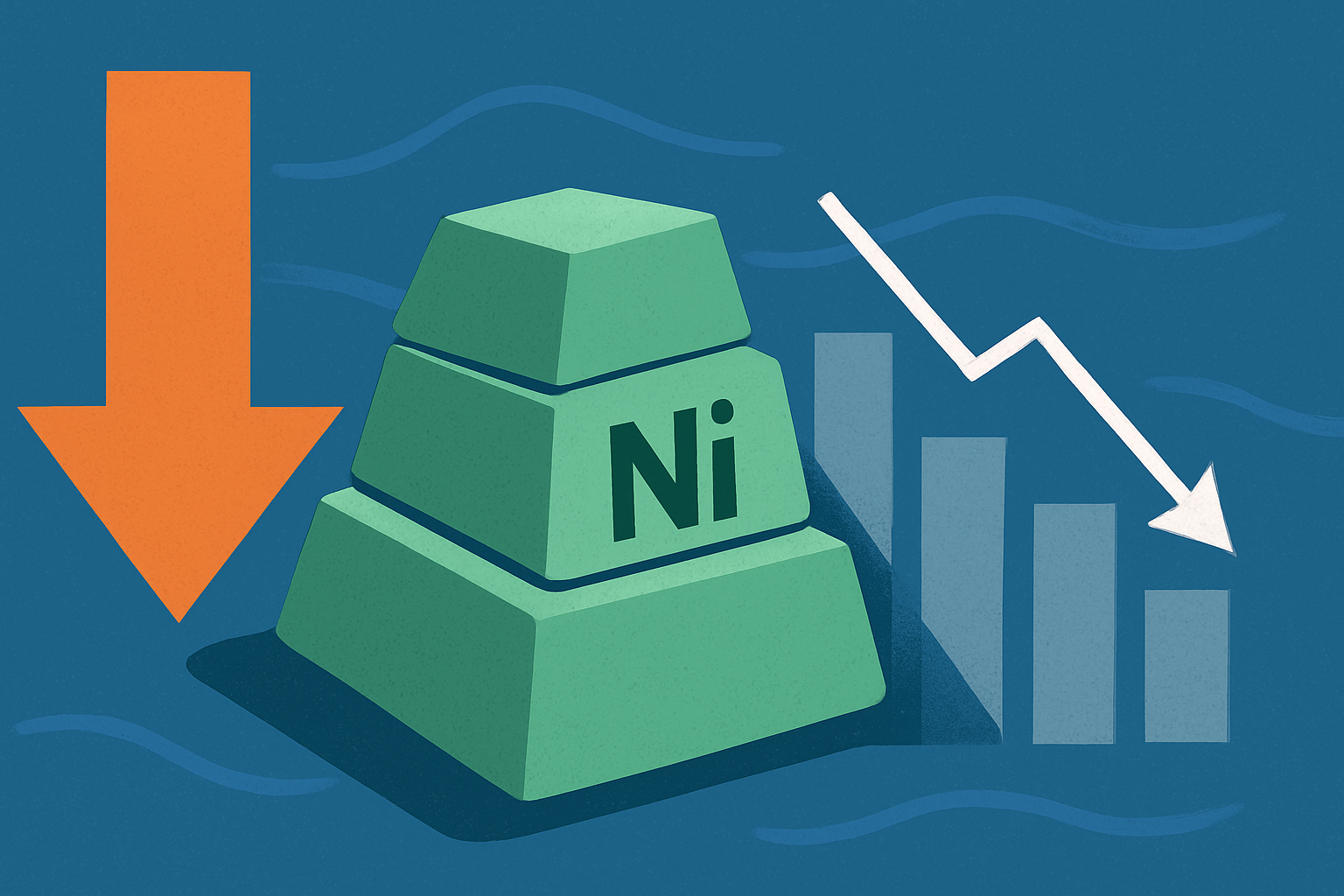Global copper markets have been thrown into fresh turmoil following a major supply shock from Indonesia’s Grasberg mine, prompting analysts to revisit long-term price assumptions and supply-demand balances. Goldman Sachs, one of the most closely watched Wall Street institutions for commodities, now projects a meaningful global deficit in 2025 after trimming its copper supply forecast by more than half a million metric tons.
Grasberg Disruption Shakes Global Supply
Earlier this month, Freeport-McMoRan (NYSE: $FCX) declared force majeure on shipments from its Grasberg mine, the world’s second-largest copper operation, after a devastating mud-flow restricted production. The incident has removed a significant volume from global supply pipelines, compounding what many analysts already viewed as a fragile balance.
According to Reuters, Goldman Sachs has revised its 2025 and 2026 global copper supply projections lower by approximately 525,000 metric tons. In response, the bank now sees copper prices averaging $10,200–$10,500 per ton in 2025 — a substantial upward revision that underscores tightening fundamentals.
The Grasberg event follows a string of supply-side challenges across the industry, from labor strikes in Latin America to permitting delays in North America, reinforcing copper’s reputation as one of the most geopolitically and operationally sensitive base metals.
Why This Matters for Investors
Copper’s importance stretches well beyond traditional construction and electrical wiring. It has become a linchpin of the global energy transition — a critical material for electric vehicles, renewable power grids, and energy storage. Analysts from BloombergNEF estimate that global copper demand could double by 2035 under aggressive decarbonization scenarios, making supply stability a top priority.
With inventories on the London Metal Exchange already at multi-year lows, any disruption carries outsized price consequences. The Grasberg incident is a reminder that the copper market is highly vulnerable to localized shocks that ripple through global supply chains.
Investors have taken notice: copper futures on the London Metal Exchange (LME) jumped following Freeport’s announcement, while Freeport’s own shares experienced volatile swings as analysts weighed the near-term hit to output against longer-term price support.
Expert Commentary and Market Signals
Goldman’s downgrade was not an isolated view. Other banks, including JPMorgan and UBS, have recently flagged that copper’s structural supply shortfall is materializing faster than expected.
A senior commodities strategist at UBS told Mining.com last week:
“The Grasberg disruption crystallizes what we’ve been warning about for months: copper is entering a period of structural undersupply. Unless new projects are fast-tracked, deficits are likely to persist into the late 2020s.”
Meanwhile, Chinese smelters are facing collapsing treatment and refining charges (TC/RCs), a signal of scarce concentrate supply. According to the China Nonferrous Metals Industry Association, some smelters are reportedly accepting ore at zero fees just to maintain operations. This highlights how tight upstream supply has become.
Future Trends to Watch
- China’s Policy Levers – Beijing is considering regulation of copper smelting capacity to prevent “involution-style” overcapacity. Any policy intervention could stabilize refining margins and alter global trade flows.
- Project Pipeline Risks – Delays in new mine approvals, particularly in Peru, Chile, and the U.S., mean the replacement of Grasberg’s lost output is unlikely in the short term.
- Green Demand Growth – Demand from the EV sector alone could account for nearly 20% of global copper consumption by 2030, according to the International Energy Agency (IEA).
- Investor Rotation – With precious metals dominating headlines recently, copper is regaining attention as the next strategic play in the broader commodities complex.
Key Investment Insight
For investors, the Grasberg shock reinforces the case for selective exposure to copper producers with:
- Stable jurisdictions (e.g., North America, Australia).
- Integrated operations that combine mining with refining or hedging strategies.
- Strategic positioning in the EV and renewables supply chain, where copper demand is structurally tied to long-term growth.
Exchange-traded funds (ETFs) tracking base metals, such as the Global X Copper Miners ETF ($COPX), may also see renewed inflows as institutional investors look for broad-based exposure without single-asset risk.
Investors should expect continued volatility in the months ahead. A market that was once projected to be balanced now faces a looming supply gap — and in commodities, deficits mean opportunity for those positioned early.
Stay ahead of these developments with explorationstocks.com, your trusted source for daily investor insights and actionable news across the commodities and mining sector.






